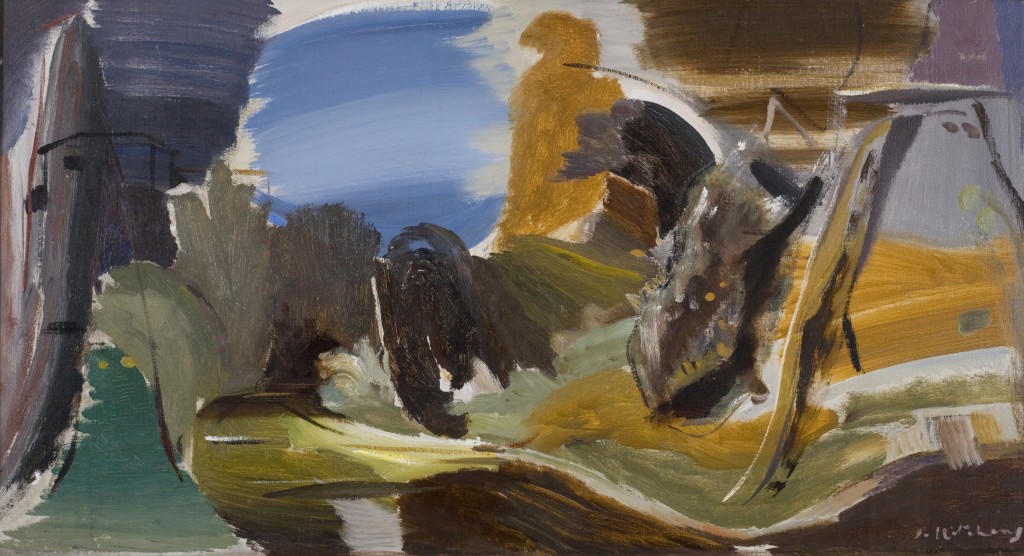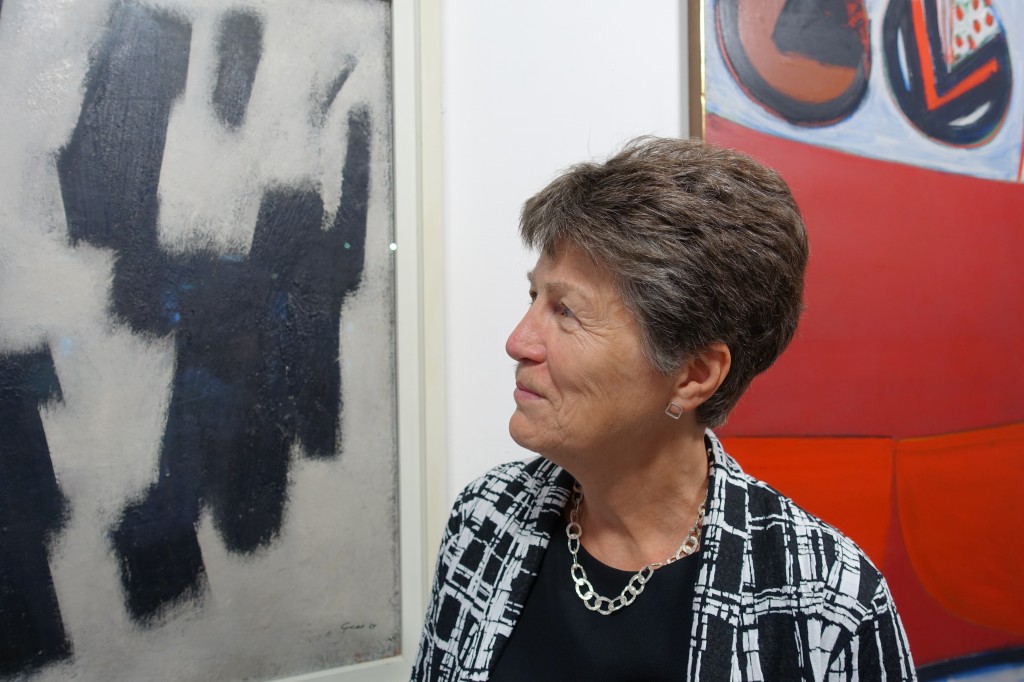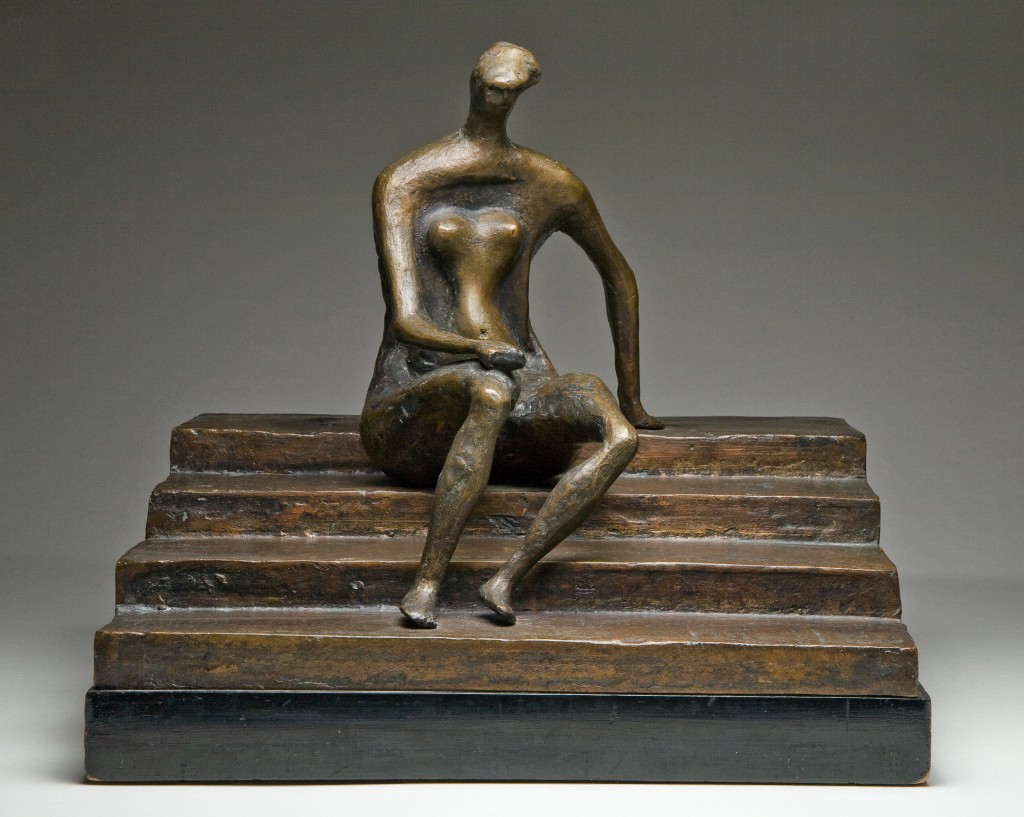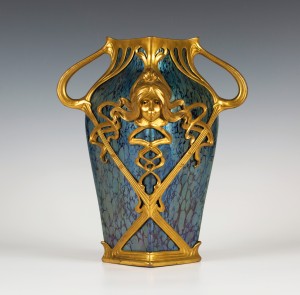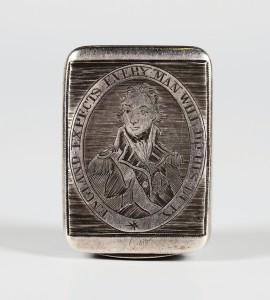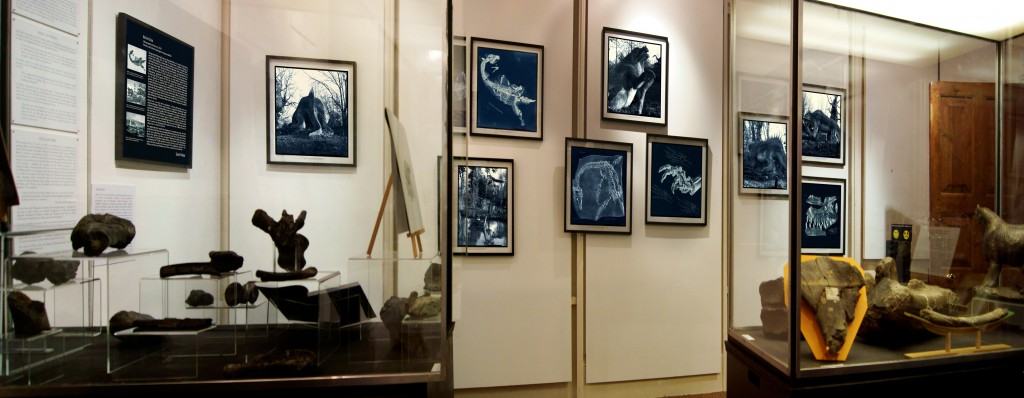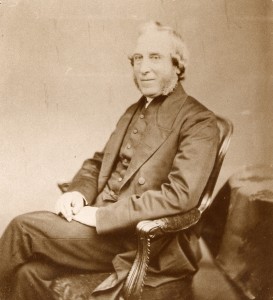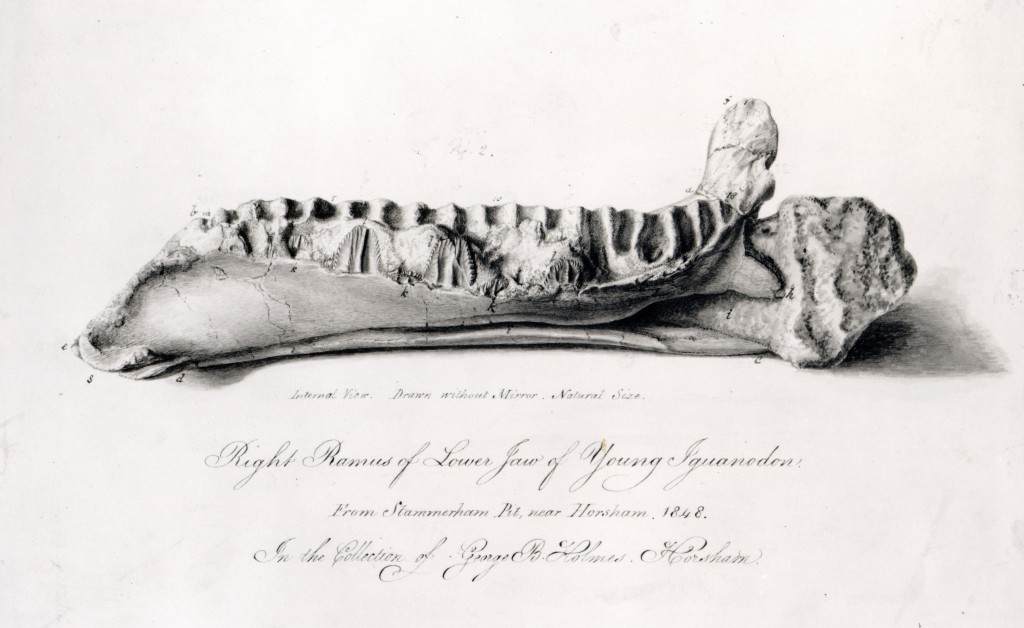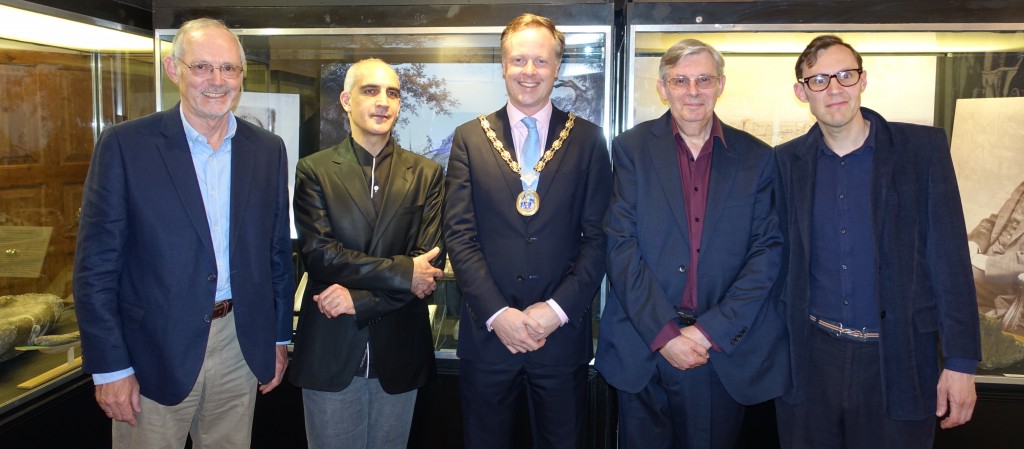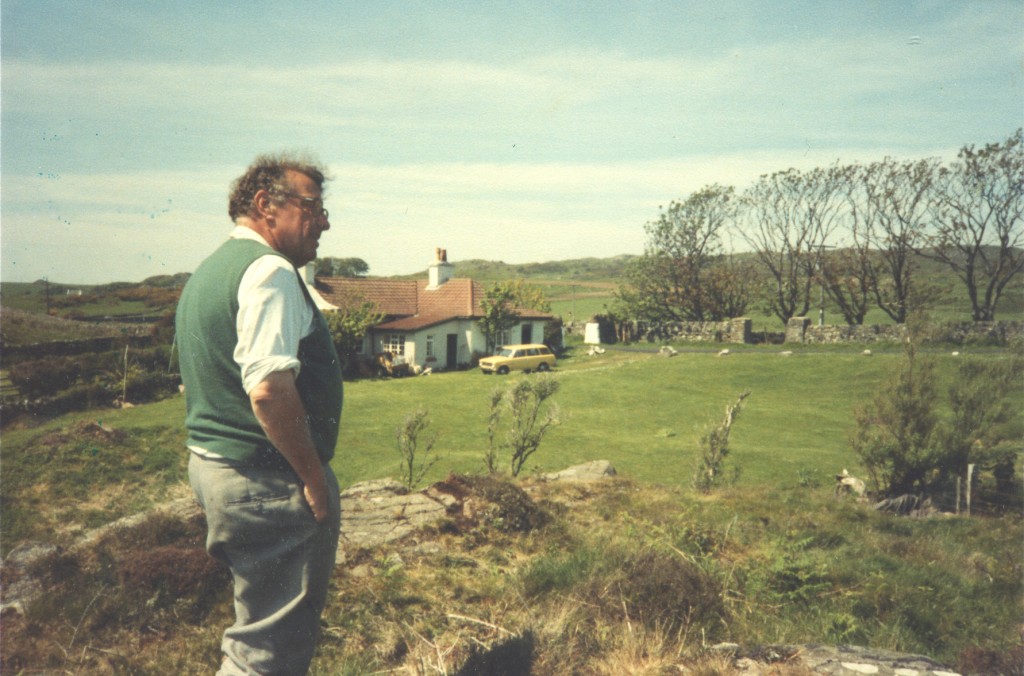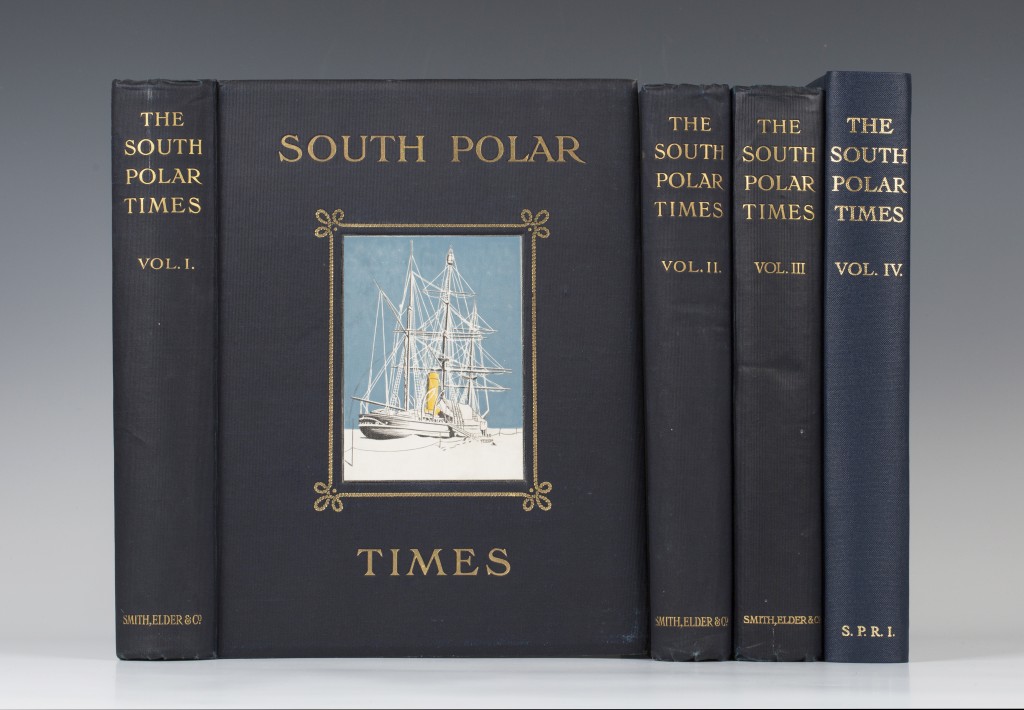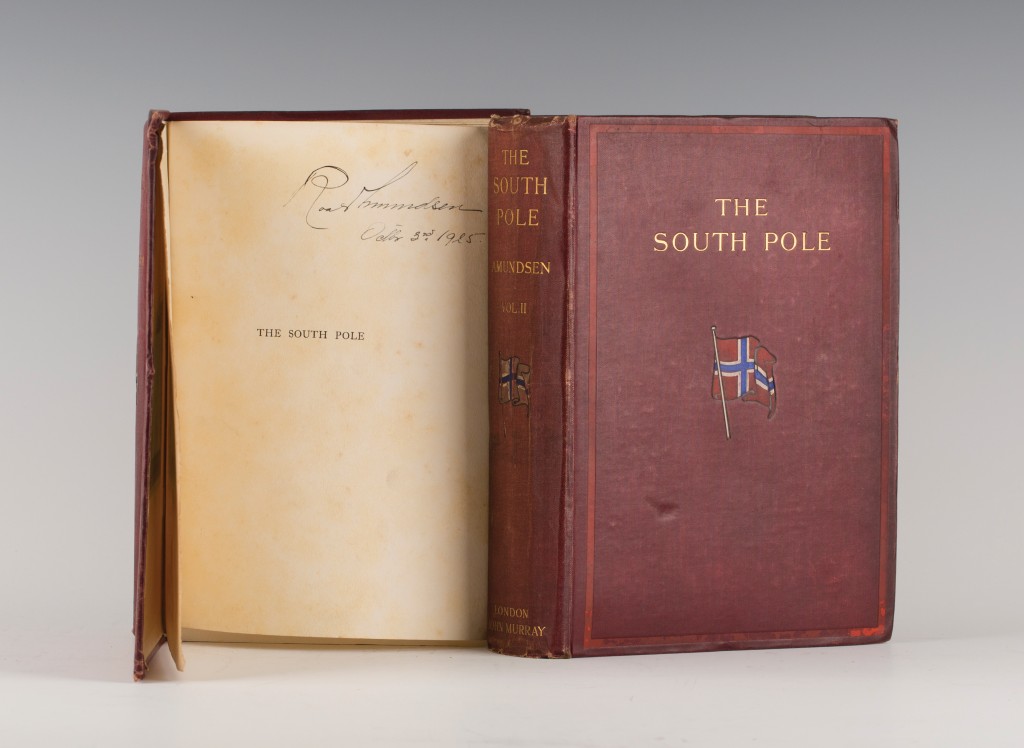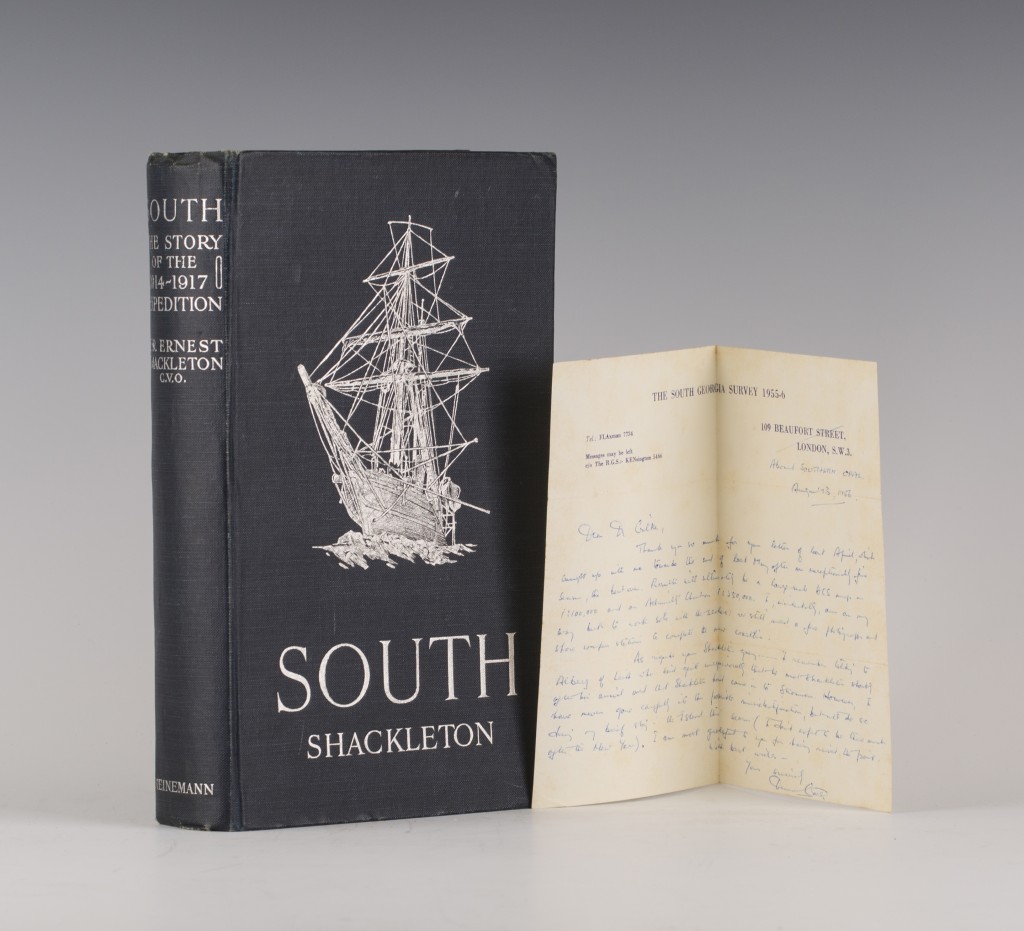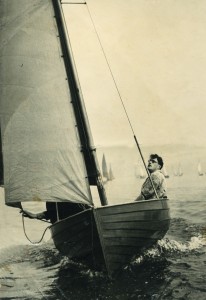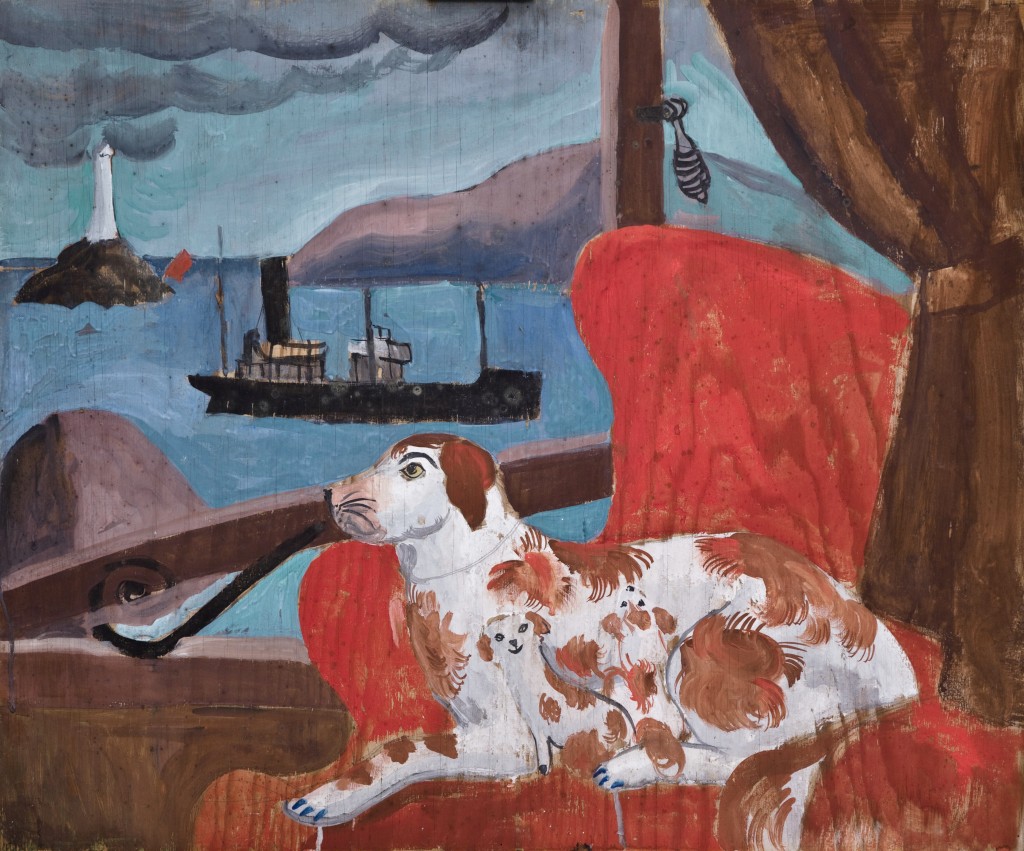
A major exhibition on the artist Christopher Wood (1901-1930) has just opened at Chichester’s Pallant House Gallery. Curated by Katy Norris, it explores the complex life and importance of this ‘sophisticated primitive’.
Katy Norris has delivered an exemplary exhibition which highlights the influence of continental artists on Wood and his pivotal position in the Modern British Art Movement as he navigated a path between the representational art of the Victorian and Edwardian periods and the new abstraction of the 1930s.
The exhibition charts the chapters of this talented artist’s all too short life.
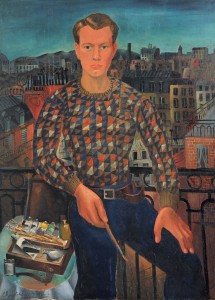
The twenty year old Christopher Wood arrived in Paris in 1921 where he met Pablo Picasso, Jean Cocteau and others. He was also influenced by the Post-Impressionists including Vincent Van Gogh and Henri Rousseau. He wrote to his mother in 1922 explaining how these artists endeavoured to interpret their subjects as though ‘through the eyes of the smallest child who sees nothing except that which would strike them as being the most important.’ Seeking this essential view of the word lends an intensity to his work.
Christopher Wood’s first trip to Cornwall in 1926 affirmed the artist in him. It was during this visit that he painted one of his most iconic and finest pictures titled ‘China Dogs in a St Ives Window’. This playful painting brings together the naïve style which Wood had developed in Paris and a playful lyricism which imparts his sense of new-found freedom.
The quintessentially English scene is inspired by Victorian Staffordshire ceramic dogs. The Spaniels are framed by the chair and window. The composition leads our eye to the steamer and lighthouse in this primitive, artistic interpretation of St Ives harbour.
Christopher Wood depicts himself in a harlequin-patterned jumper in his 1927 Self – Portrait. There is an introspective intensity of emotion apparent in his face as we observe him. It is as though we are looking out of the canvas upon which he stands to paint. The influence of the untrained, candid representations of Post-Impressionist, Henri Rousseau can be seen here.
In the summer of 1928 Christopher Wood returned to St Ives with the artist Ben Nicholson. Whilst there he discovered the work of the self-taught painter and former fisherman, Alfred Wallis. Wood took on Wallis’ iconography depicting the Atlantic fishing industry and coast. Wood’s brushwork appears intuitive and spontaneous.
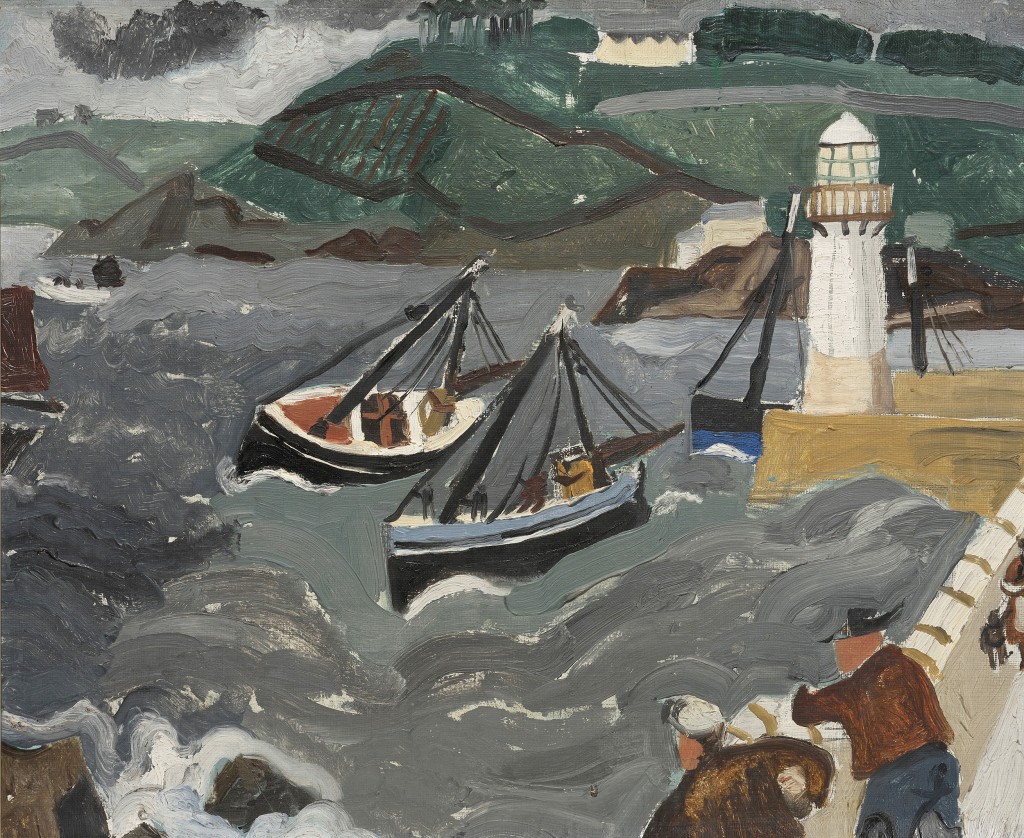
Wallis’ influence is particularly apparent in ‘Harbour in the Hills’. Painted in 1928, the sea is depicted as swirling bands of light greys and charcoals which contrast with the intensity of the green hills.
In his youth in Paris Christopher Wood had become addicted to opium. By now his life oscillated between his intense social life and solitary periods of painting.
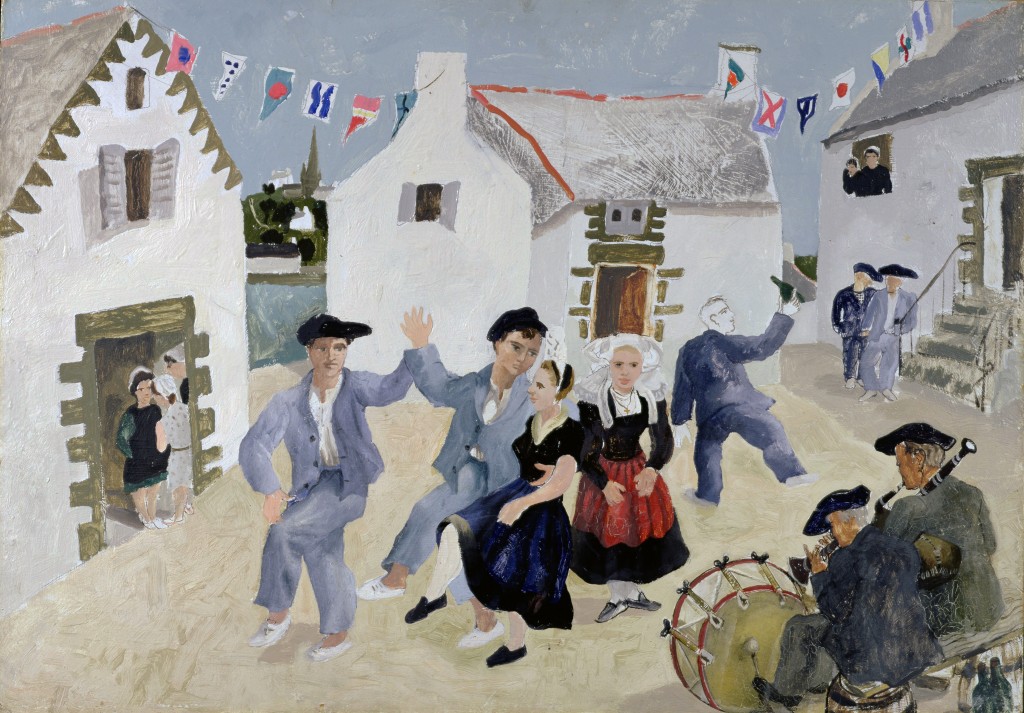
In the summer of 1930 Christopher Wood painted his final series of some forty pictures at Treboul in Brittany over a period of six weeks. They depict an idealised view of these Breton seafarers, their customs and spirituality. This is captured in ‘Dancing Sailors’. Wood’s addiction lends a pulsating intensity to the painting.
Shortly after completing these works Christopher Wood tragically took his own life when he jumped in front of a train at Salisbury station.
Katy Norris’ superb monograph ‘Christopher Wood’ provides an insightful companion to this outstanding exhibition and is on sale at the Pallant House Gallery Bookshop.
At its heart the exhibition explores Christopher Wood’s pervading interest in Primitivism in the context of his life. It examines the international and domestic influences on his work, and how his faux-naïve style would contribute to the journey towards more progressive forms of modernism in art in 1930s Britain.
‘Christopher Wood: Sophisticated Primitive’ runs until 2nd October 2016 and brings together often rarely seen works – what a summer holiday treat!
For more information on current exhibitions, events and opening times go to www.pallant.org.uk or telephone 01243 774557.
By Rupert Toovey, a senior director of Toovey’s, the leading fine art auction house in West Sussex, based on the A24 at Washington. Originally published in the West Sussex Gazette.
